Why use MFA for your Backup Application
Multi-Factor Authentication (MFA) is a security mechanism that requires individuals to provide two or more verification factors to gain access to a system or application. These factors typically fall into three categories:
Something you know: This could be a password or a PIN.
Something you have: This involves a physical device or token, such as a smart card, USB token, or a mobile device.
Something you are: This is related to biometrics, such as fingerprints, retina scans, or facial recognition.
Now, let's discuss why both a Chief Information Officer (CIO) and an IT Architect should consider implementing MFA and how it helps protect backup applications from external threats:
Why Use Multi-Factor Authentication (MFA)?
Enhanced Security:
MFA provides an additional layer of security beyond traditional username and password combinations. Even if one factor is compromised, an attacker would still need the other(s) to gain access.
Reduced Risk of Unauthorized Access:
Unauthorized access is a significant concern for IT systems. MFA significantly reduces the risk by adding an extra barrier for potential attackers.
Compliance Requirements:
Many regulatory frameworks sush NIS2 and compliance standards require the use of MFA to ensure data protection and privacy. Implementing MFA helps organizations comply with these standards.
Protects Against Credential Theft:
With the rise of phishing attacks and credential breaches, MFA acts as a defence mechanism. Even if a user's credentials are compromised, the attacker would still need the additional factor to access the system.
How MFA Protects Backup Applications:
Securing Access to Backup Systems:
Backup applications often store critical and sensitive data. Implementing MFA ensures that only authorized personnel can access and manage backup systems.
Preventing Unauthorized Restorations:
MFA helps prevent unauthorized individuals from restoring data, ensuring that only authorized personnel can initiate data recovery processes.
Mitigating Insider Threats:
MFA is effective in mitigating insider threats by requiring multiple authentication factors. This helps prevent malicious actions even if someone with legitimate access attempts unauthorized activities.
Defending Against Remote Attacks:
In the era of remote work, where employees might access backup applications from various locations, MFA adds an extra layer of protection against external threats attempting to compromise remote access credentials.
Audit Trail and Accountability:
MFA systems often provide robust logging and audit trail capabilities. This can be invaluable for tracking who accessed the backup application and when, enhancing accountability and aiding in incident response.
In summary, implementing Multi-Factor Authentication is a crucial security measure to protect sensitive systems like backup applications. It fortifies access controls, reduces the risk of unauthorized access, and aligns with compliance requirements, making it an essential component of a comprehensive cybersecurity strategy.
How does MFA make you compliant with NIS2?
MFA aligns with the EU NIS2 (Network and Information Systems) Directive by fortifying cybersecurity measures. MFA enhances access controls, requiring multiple authentication factors, in line with NIS2's mandate for robust security practices. It addresses the directive's emphasis on preventing unauthorized access, protecting sensitive data, and bolstering incident response capabilities. MFA serves as a fundamental security measure, contributing to compliance with NIS2's requirements for adopting appropriate and proportionate security controls. By ensuring authentication assurance and resilience in the face of cyber threats, MFA plays a pivotal role in meeting the directive's objectives for safeguarding critical information and promoting a high level of network and information security across the European Union.

